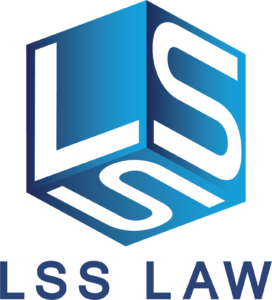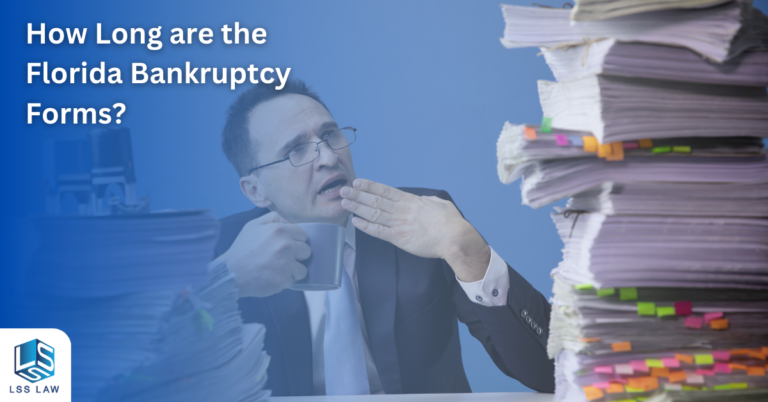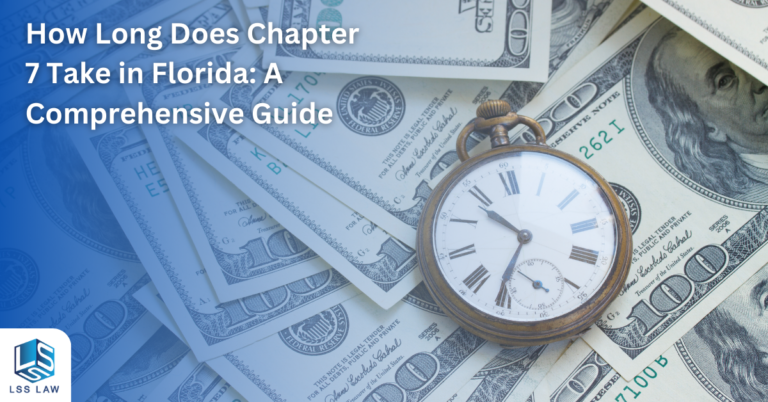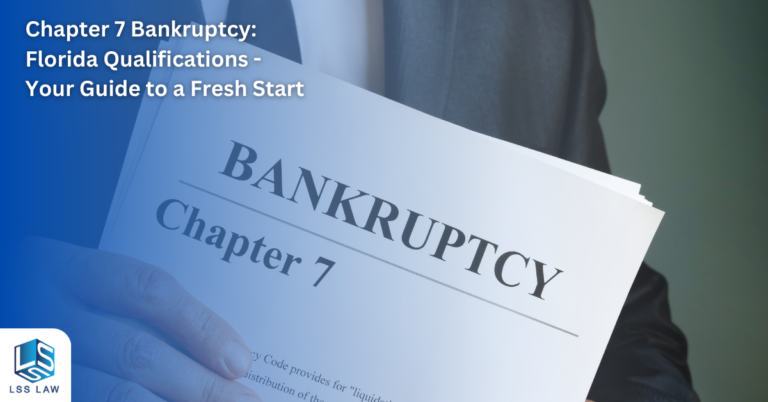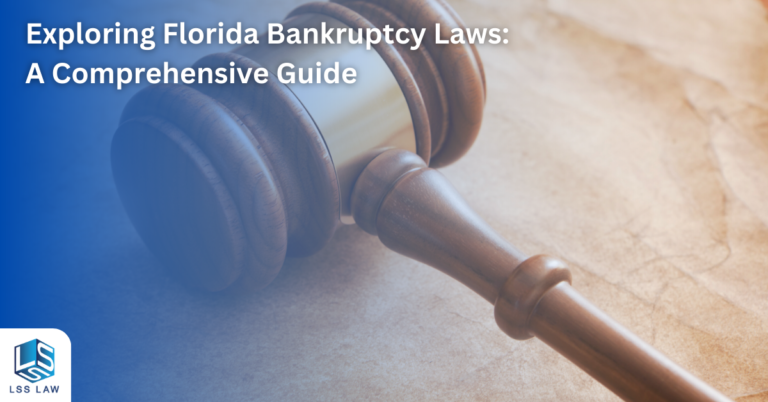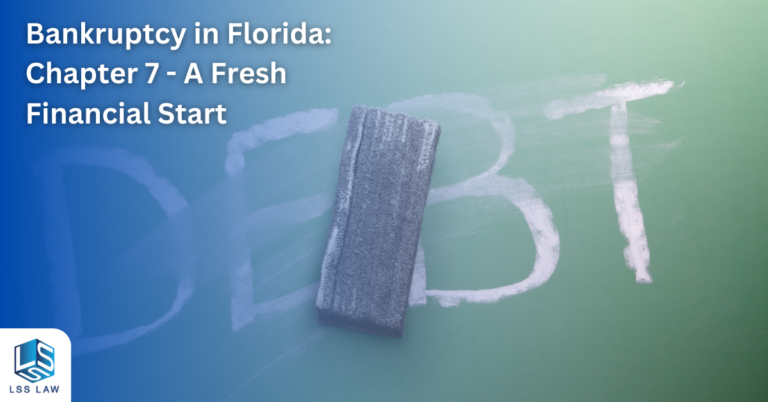When you’re grappling with debt, the process of filing for bankruptcy can seem overwhelming. But don’t worry, we’re here to help you navigate through it. In this blog post, we’ll be focusing on the length of the Florida bankruptcy forms and how you can tackle them effectively.
What Are Florida Bankruptcy Forms?

This is a common question asked by individuals who are considering filing for bankruptcy, as it’s an essential part of the process.
Filing for bankruptcy in Florida involves a series of steps, one of which is completing and submitting the necessary bankruptcy forms to the Florida bankruptcy court. These forms include detailed information about your current financial situation, including your assets, debts, income, and expenses.
The length of time it takes to complete these forms varies depending on the complexity of your financial situation and whether you’re filing for Chapter 7 or Chapter 13 bankruptcy. However, it’s essential to be thorough and accurate when filling out these forms, as they play a crucial role in your bankruptcy case.
All About Florida Bankruptcy Forms
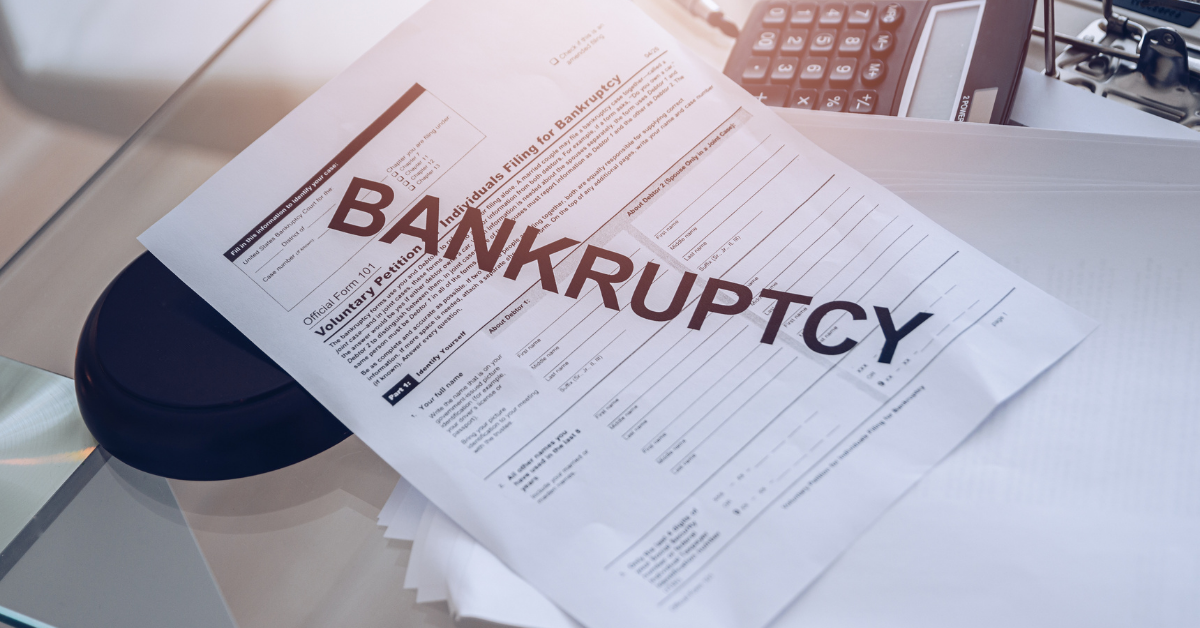
The Florida bankruptcy forms are a series of official documents that you’re required to complete and submit when filing for bankruptcy. These forms provide a comprehensive overview of your financial situation, which the bankruptcy court uses to determine your eligibility for bankruptcy and how your case should be handled.
Filling out these forms requires a thorough understanding of your current financial affairs. You’ll need to provide detailed information about your assets, including any real property and personal property, your current monthly income, and any unsecured claims. Additionally, you’ll also need to provide information about your financial management, such as your bank statements and any payment advice you’ve received.
It’s important to note that the process of completing these forms can be complex and time-consuming. You’ll need to gather a lot of information and ensure that everything you provide is accurate and up-to-date. This is where bankruptcy attorneys can be invaluable, as they can guide you through the process and ensure that you’re providing all the necessary information.
The Length of Time to Complete Florida Bankruptcy Forms

The length of time it takes to complete the Florida bankruptcy forms varies significantly based on the complexity of your financial situation and the type of bankruptcy you’re filing for. In general, it can take anywhere from a few hours to a few weeks to complete all necessary forms.
For a straightforward Chapter 7 bankruptcy case, where you have a relatively simple financial situation, you might be able to complete the forms in a few hours. However, if you have a more complex situation, such as a large number of creditors, multiple sources of income, or a significant amount of property, it could take much longer.
On the other hand, a Chapter 13 bankruptcy case, which involves creating a detailed repayment plan, can be more time-consuming. You’ll need to provide extensive information about your income and expenses and work out a feasible payment plan. This process can take several weeks to complete.
Remember, accuracy is crucial when filling out your bankruptcy forms. Rushing through the process could lead to errors that might complicate your bankruptcy case. It’s advisable to take your time and ensure that every piece of information you provide is accurate and complete.
Understanding the Different Florida Bankruptcy Forms
There are several different Florida bankruptcy forms that you’ll need to complete when filing for bankruptcy. Here’s a brief overview of some of the most important forms:
- Voluntary Petition for Individuals Filing for Bankruptcy: This is the main form that starts your bankruptcy case. It includes basic information about you and your bankruptcy case.
- Schedules A/B through J2: These schedules provide detailed information about your assets, liabilities, income, expenses, executory contracts and unexpired leases, co-debtors, and other financial information.
- Statement of Financial Affairs for Individuals Filing for Bankruptcy: This form includes detailed information about your income, payments to creditors, lawsuits, property, and other financial affairs.
- Chapter 7 Statement of Your Current Monthly Income / Chapter 13 Statement of Your Current Monthly Income and Calculation of Commitment Period: These forms help determine whether you qualify for Chapter 7 or Chapter 13 bankruptcy based on your income.
- Chapter 13 Plan: If you’re filing for Chapter 13 bankruptcy, you’ll need to submit a detailed repayment plan.
These are just a few examples of the Florida bankruptcy forms that you might need to complete. Depending on your situation, you may need to complete additional forms.
The Role of Bankruptcy Forms in Chapter 7 Bankruptcy
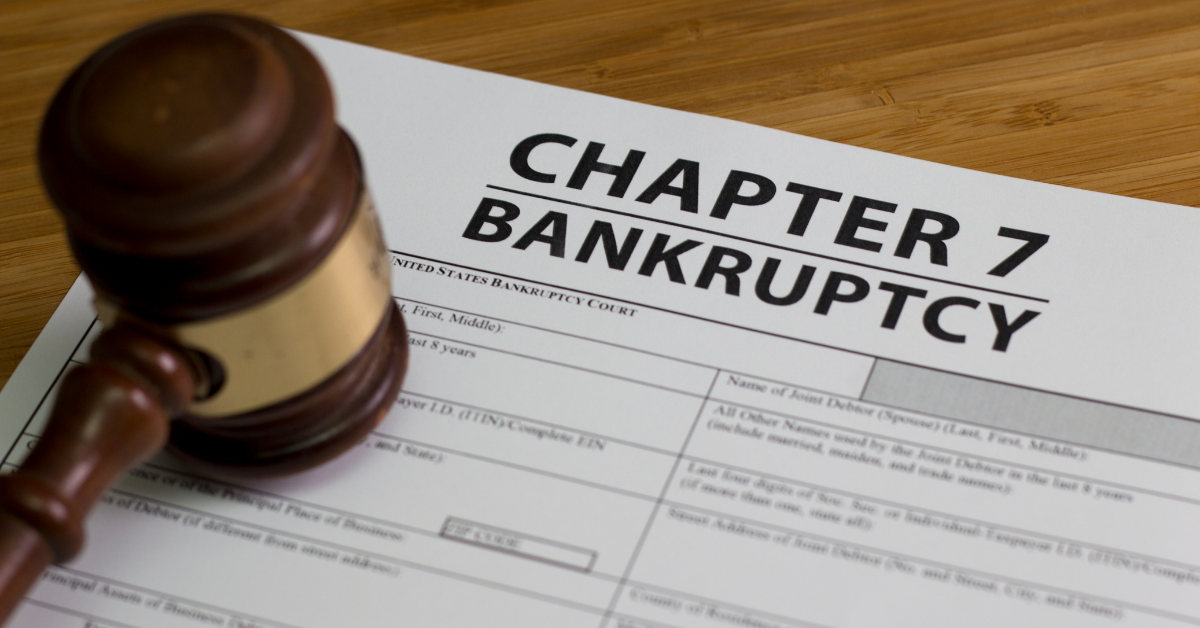
Filing for Chapter 7 bankruptcy in Florida involves a series of bankruptcy forms that need to be filled out accurately and completely. These forms, which are available on the Florida bankruptcy court’s website, provide crucial information about your financial situation. This includes details about your assets, debts, income, expenses, and financial transactions.
The bankruptcy forms play a crucial role in the Chapter 7 process. They help the bankruptcy court and the bankruptcy trustee understand your financial situation, determine if you’re eligible for Chapter 7 bankruptcy, and identify which of your assets, if any, can be sold to repay your creditors. Completing these forms accurately and honestly is essential to the success of your bankruptcy case.
When filing for Chapter 7 bankruptcy, you’ll need to complete a voluntary petition, several bankruptcy schedules, a statement of financial affairs, and other forms. These documents require detailed information about your current monthly income, personal property, unsecured claims, and more. It’s important to note that filing for bankruptcy involves a court filing fee, which currently stands at $338.
Understanding Chapter 13 Bankruptcy Forms

If you’re not eligible for Chapter 7 bankruptcy, or if you wish to keep certain assets that would be liquidated in a Chapter 7 case, you might consider filing for Chapter 13 bankruptcy. This type of bankruptcy involves a repayment plan, which allows you to pay back a portion of your debts over a period of three to five years.
Filing for Chapter 13 bankruptcy requires a different set of bankruptcy forms than Chapter 7. In addition to the Voluntary Petition, Schedules, and Statement of Financial Affairs, you’ll also need to submit a Chapter 13 Plan, a Schedule of Payments, and a Statement of Disposable Income. These forms provide detailed information about your proposed repayment plan, including how much you plan to pay each month, which debts will be paid in full, and which will be partially paid or discharged.
Just like with Chapter 7, it’s essential to fill out these forms accurately and completely. A bankruptcy attorney can help you understand the requirements of Chapter 13, prepare the necessary forms, and represent you in bankruptcy court. With their help, you can navigate the complexities of the bankruptcy process and work towards a brighter financial future.
How a Bankruptcy Lawyer Can Assist with Florida Bankruptcy Forms

Filling out the Florida bankruptcy forms can be a daunting task, especially if you’re unfamiliar with bankruptcy law and the bankruptcy process. This is where a bankruptcy attorney can offer invaluable assistance. A bankruptcy lawyer can help you understand the forms, gather the necessary information, and ensure that everything is filled out accurately and completely.
In addition to helping with the bankruptcy forms, a bankruptcy attorney can provide expert advice and guidance throughout the bankruptcy process. They can help you understand your options, develop a bankruptcy strategy, and represent you in bankruptcy court. They can also help you navigate the complexities of the bankruptcy process, such as the means test calculation and the reaffirmation agreement process.
If you’re considering filing for bankruptcy in Florida, it’s worth considering hiring a bankruptcy lawyer. While this will involve an additional cost, the expertise and guidance they provide can be invaluable in helping you navigate the bankruptcy process and achieve a fresh financial start.
Florida Bankruptcy Forms – Your Questions Answered
How long does it take to complete the Florida bankruptcy forms?
The time it takes to complete the Florida bankruptcy forms can vary significantly based on the complexity of your financial situation. On average, it can take anywhere from a few hours to a few weeks.
What information is required for the Florida bankruptcy forms?
The Florida bankruptcy forms require detailed information about your assets, liabilities, income, expenses, and financial transactions. You’ll also need to provide information about your creditors and any contracts or leases you may have.
How can a bankruptcy attorney assist with the Florida bankruptcy forms?
A bankruptcy attorney can guide you through the process of filling out the Florida bankruptcy forms, ensuring that you provide accurate and detailed information. They can also help you understand the implications of the information you provide and how it will impact your bankruptcy case.
What happens if I make a mistake on the Florida bankruptcy forms?
Making a mistake on the Florida bankruptcy forms can potentially lead to the dismissal of your case or allegations of bankruptcy fraud. This is why it’s crucial to work with a bankruptcy attorney who can help you avoid such issues.
How are the Florida bankruptcy forms used in a Chapter 7 bankruptcy case?
In a Chapter 7 bankruptcy case, the Florida bankruptcy forms serve as the cornerstone of your bankruptcy petition. They provide the bankruptcy court with a detailed picture of your financial situation, which is used to determine whether you’re eligible for Chapter 7 bankruptcy.
How are the Florida bankruptcy forms used in a Chapter 13 bankruptcy case?
In a Chapter 13 bankruptcy case, the Florida bankruptcy forms are used to provide information about your financial situation and propose a repayment plan. The court will review these forms to determine whether your proposed plan is feasible and fair to your creditors.
Contact Us to Learn More About the Florida Bankruptcy Forms

If you’re considering filing for bankruptcy in Florida and have questions about the Florida bankruptcy forms, don’t hesitate to reach out to us. Our team at LSS Law is dedicated to helping individuals like you navigate the complexities of the bankruptcy process. We offer a free consultation for personal bankruptcies, where we can discuss your situation and answer any questions you may have. To contact us, you can visit our contact page or give us a call at (954) 466-0541. Let us help you take the first step towards a brighter financial future.
